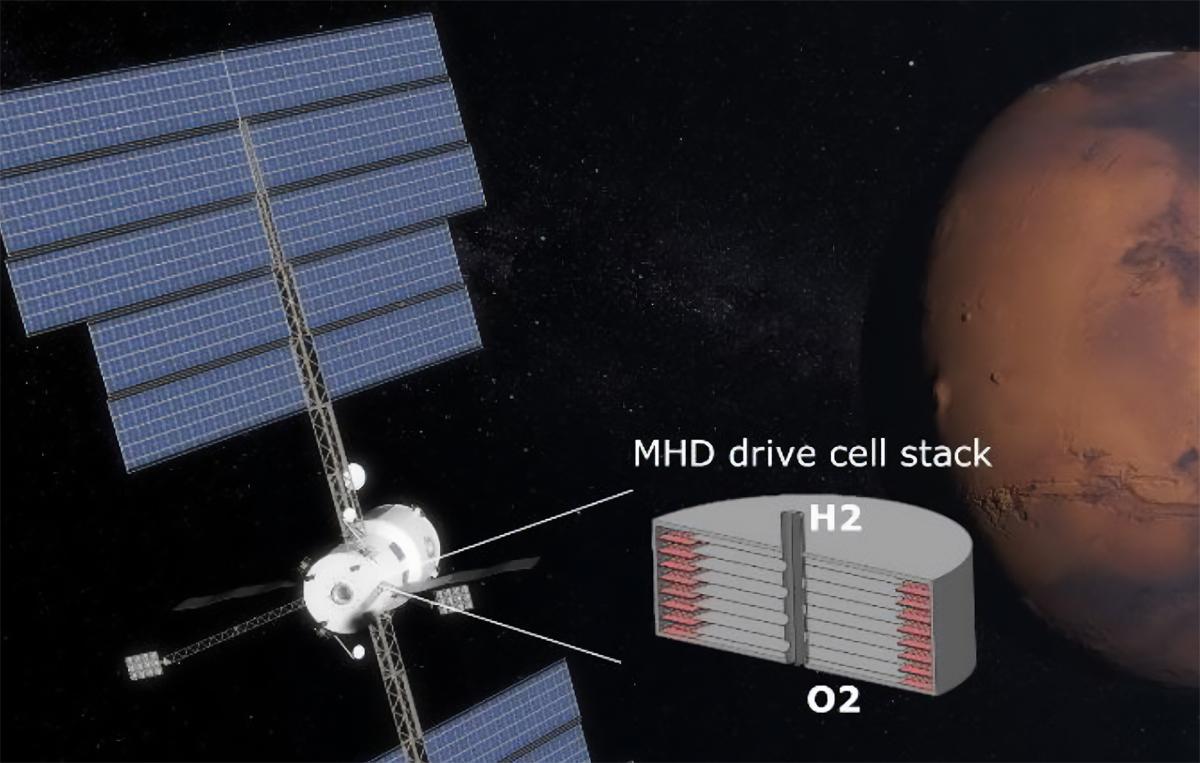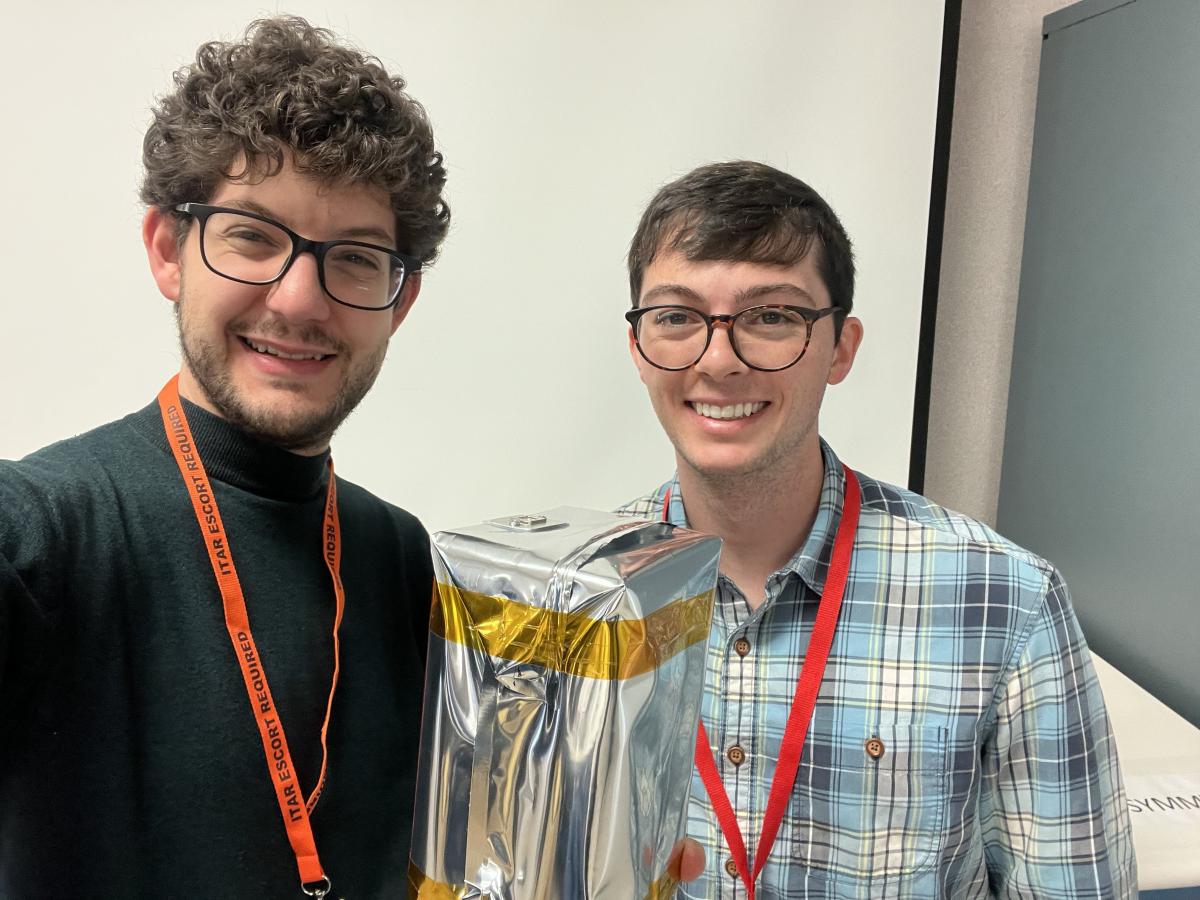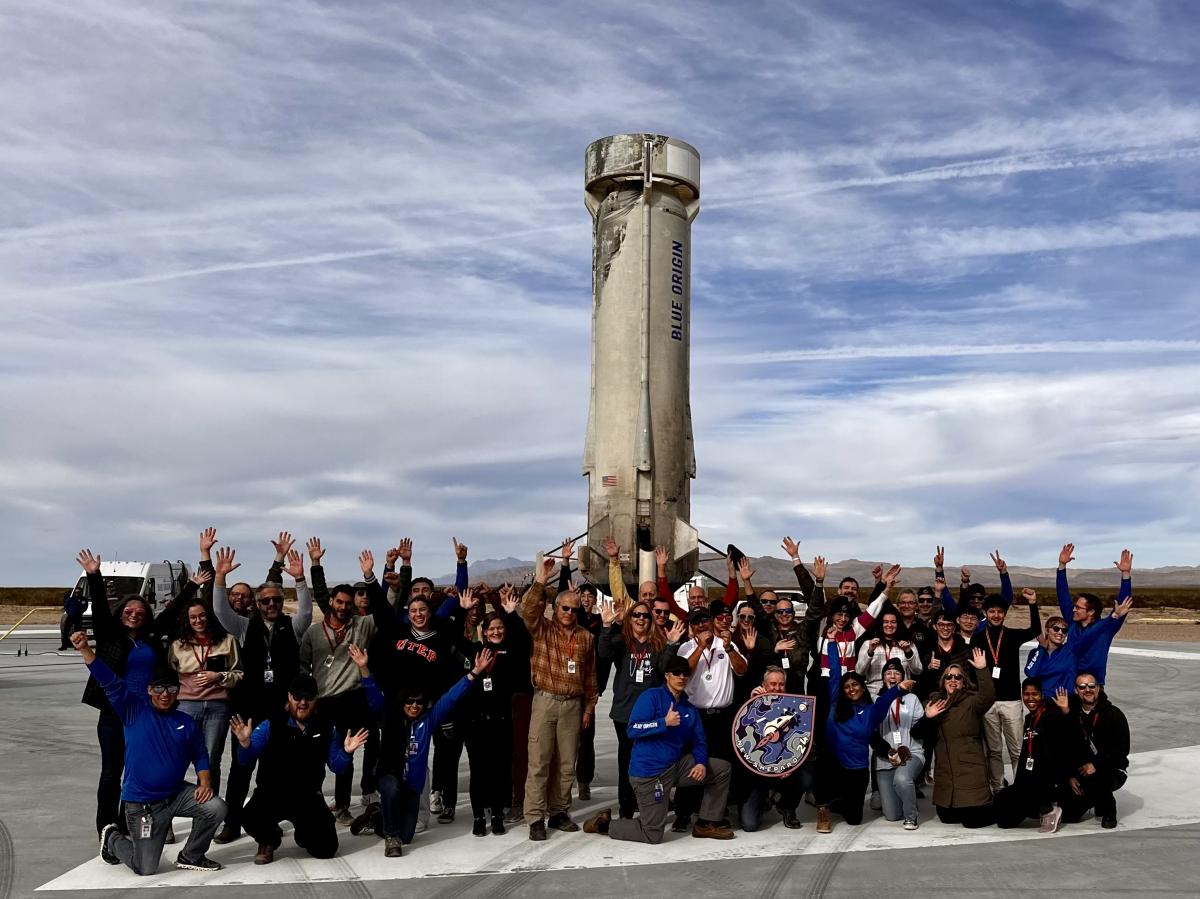The NASA Innovative Advanced Concepts (NIAC) award will fund research for travel to Mars.

Álvaro Romero-Calvo's Magnetohydrodynamic Drive for Hydrogen and Oxygen Production in Mars Transfer
If explorers want to travel to deep space efficiently, they will need better breathing technology. Current oxygen generation systems are complicated and cumbersome, not to mention costly. As it relates to splitting water into hydrogen and oxygen, microgravity is the problem because it’s hard to separate the bubbles and make them rise without circulation pumps that move the water through other systems. AE Assistant Professor Álvaro Romero-Calvo will serve as the principal investigator on a NASA Innovative Advanced Concepts (NIAC) project to research an alternative system through a new, more efficient water-splitting architecture that combines multiple functionalities with reduced subsystems. The new technology could result in up to a 50% mass reduction over current systems.
“Our approach employs a magnetohydrodynamic (MHD) electrolytic cell that extracts and separates oxygen and hydrogen gas without moving parts in microgravity, hence removing the need for a forced water recirculation loop and associated ancillary equipment such as pumps or centrifuges,” Romero-Calvo states in his summary.

Romero-Calvo and AE student Sam T. Hart
“The idea of using MHD forces for liquid pumping is explored in the 1990 thriller The Hunt for Red October, where a stealth soviet submarine powered by an MHD drive defects to the United States. Although it’s fun to see Sean Connery playing the role of a soviet submarine commander, the truth is that submarine MHD propulsion is very inefficient. Our concept, on the contrary, works in the microgravity environment, where the weak MHD force becomes dominant and can lead to mission-enabling capabilities.”
Álvaro-Romero Calvo
Working with their partner, Giner Labs, they will receive $175,000 to explore the capabilities of their Magnetohydrodynamic Drive for Hydrogen and Oxygen Production in Mars Transfer and the feasibility of its use in deep space. Over the next nine months, they will explore its overall viability and technology readiness level. As a phase I NAIC proposal, they will also be eligible to compete for phase II funding worth $600,000 for a two-year study.
At this point, they have formulated the technology concept and have analytical and numerical models, so the next step will be to mature the architecture to advance its technology readiness level (TRL).
“We have to prove that this technology can work with other systems in space to produce oxygen for astronauts because the ultimate goal of this proposal is to safely send people to Mars or any other long-term space destinations,” Romero-Calvo stated. “Furthermore, we need to carefully assess the reliability of the final product and build the interfaces that connect it with other subsystems.”
The study will be primarily computational, but they will also include live prototypes in earth conditions to test key technologies. They will build prototypes and coordinate with colleagues at Giner Labs to produce a system that operates in space.
In addition to microgravity, they will face several other challenges. For example, once they generate oxygen and hydrogen, they must remove it from the MHD. They must also balance the pressure and keep the liquid interfaces at the correct positions to extract dry gas from the cells. Another issue is stopping and starting the system reliably to reach appropriate steady-state operations. There is much ahead for the study.
An early concept demonstrator of this new technology was recently tested on Blue Origin‘s 24th New Shepard Flight Mission, launched on December 19, 2023. With support from the American Society for Gravitation and Space Research (ASGSR) and Blue Origin, Romero-Calvo’s team studied what magnets do to water electrolyzer flows in microgravity. The outcomes from this flight campaign will inform the project.
“We were studying the fundamental magnetohydrodynamic flow regimes that arise when we apply a magnetic field to water electrolyzers in spaceflight conditions,” Romero-Calvo explained. “The Blue Origin experiment, in combination with our current collaboration with Prof. Katharina Brinkert’s group at the University of Warwick, will help us predict the movement of oxygen bubbles in microgravity and it hints at how we can build a future water electrolyzer for humans.”
Payload Managers at Blue Origin, Romero-Calvo and Hart

Blue Origin Launch December 19